Sweet Fabric:
tutorial
How to make doily covered soaps...

How to make pretty lights...

How to make a crochet & cross stitch beanie...
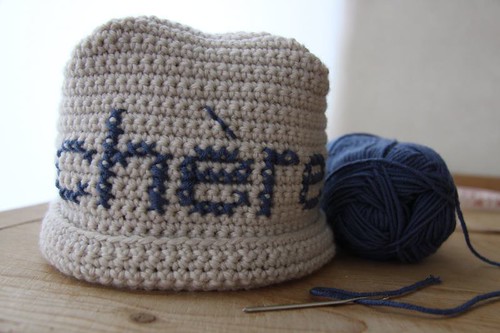
Smokey Sleeves Shrug...

How to make a granny shrug...
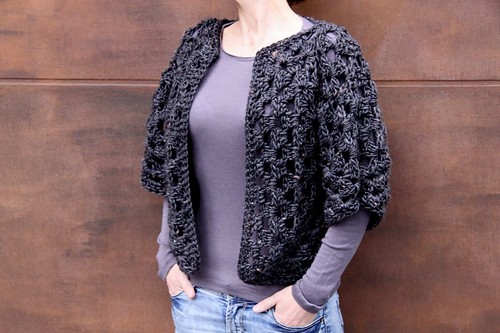
How to iron embroidery...
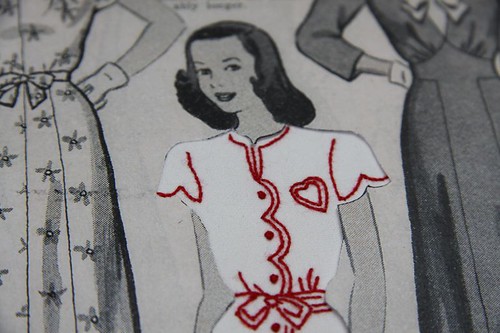
How to Stem Stitch (sort of)...
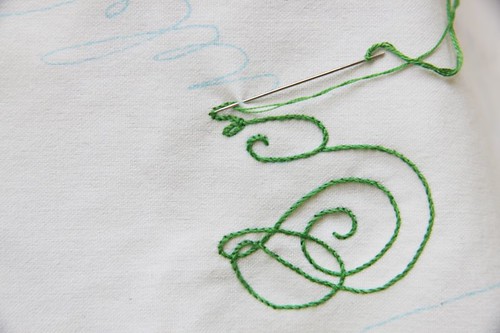
How to embroider a French Knot...
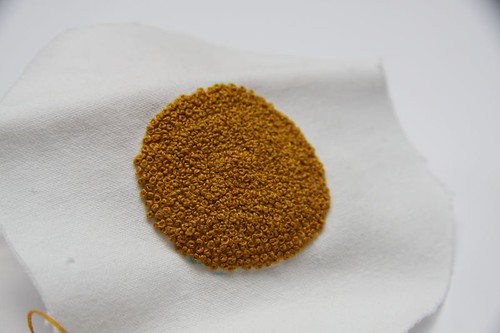
How to make a laptop &/or cookbook stand...
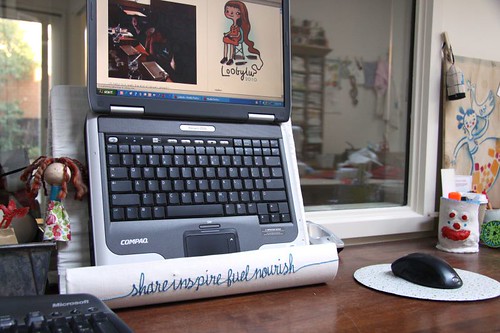
How to make a wrist cuff - faux wood & embroidery...
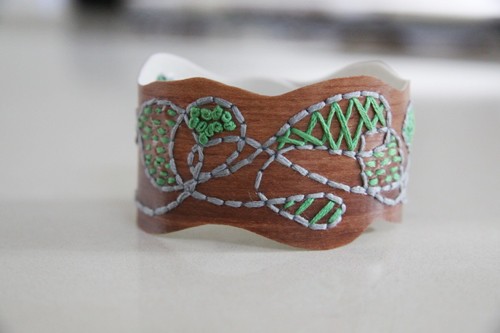
How to make a reversible placemat cover...










